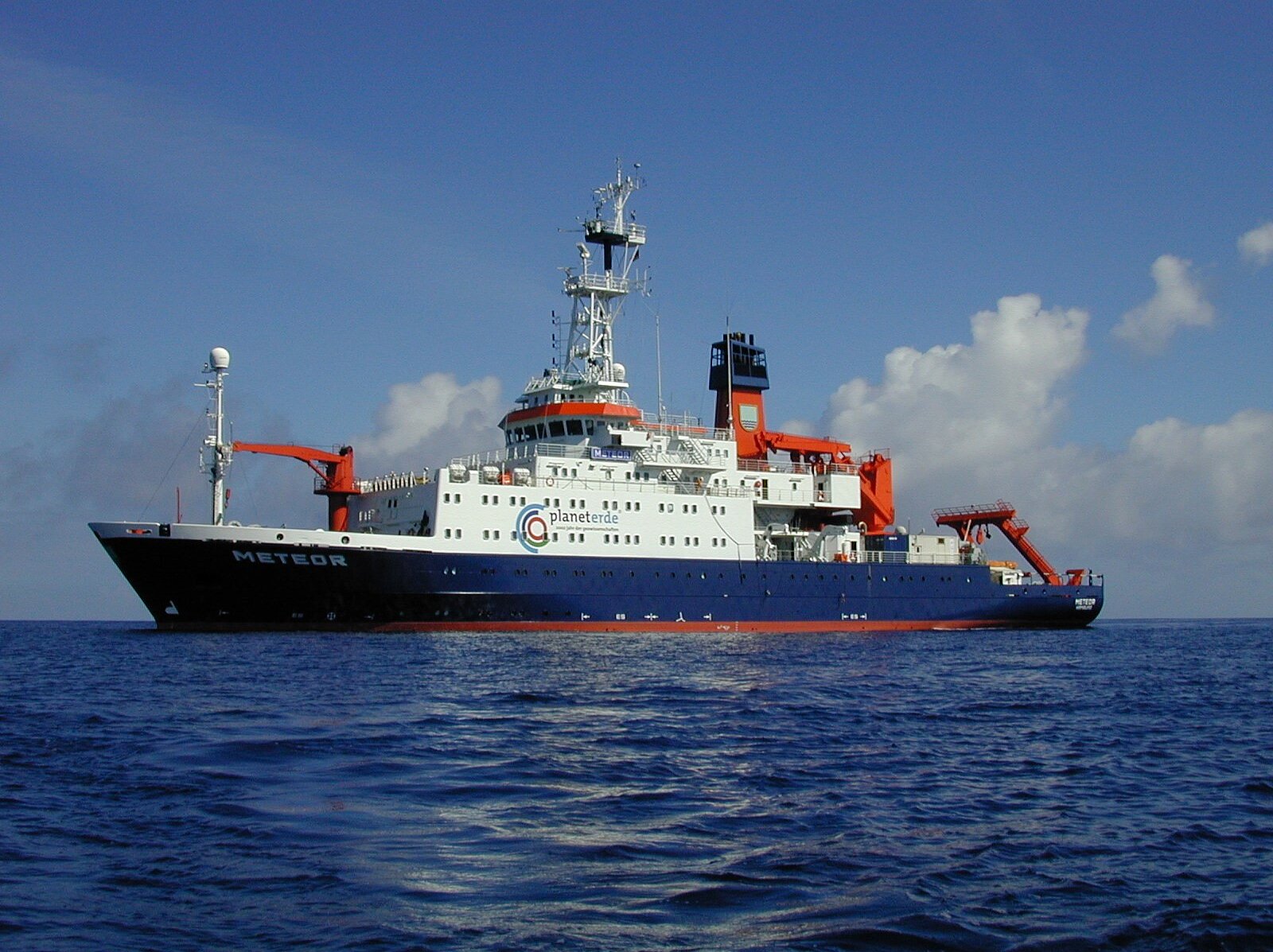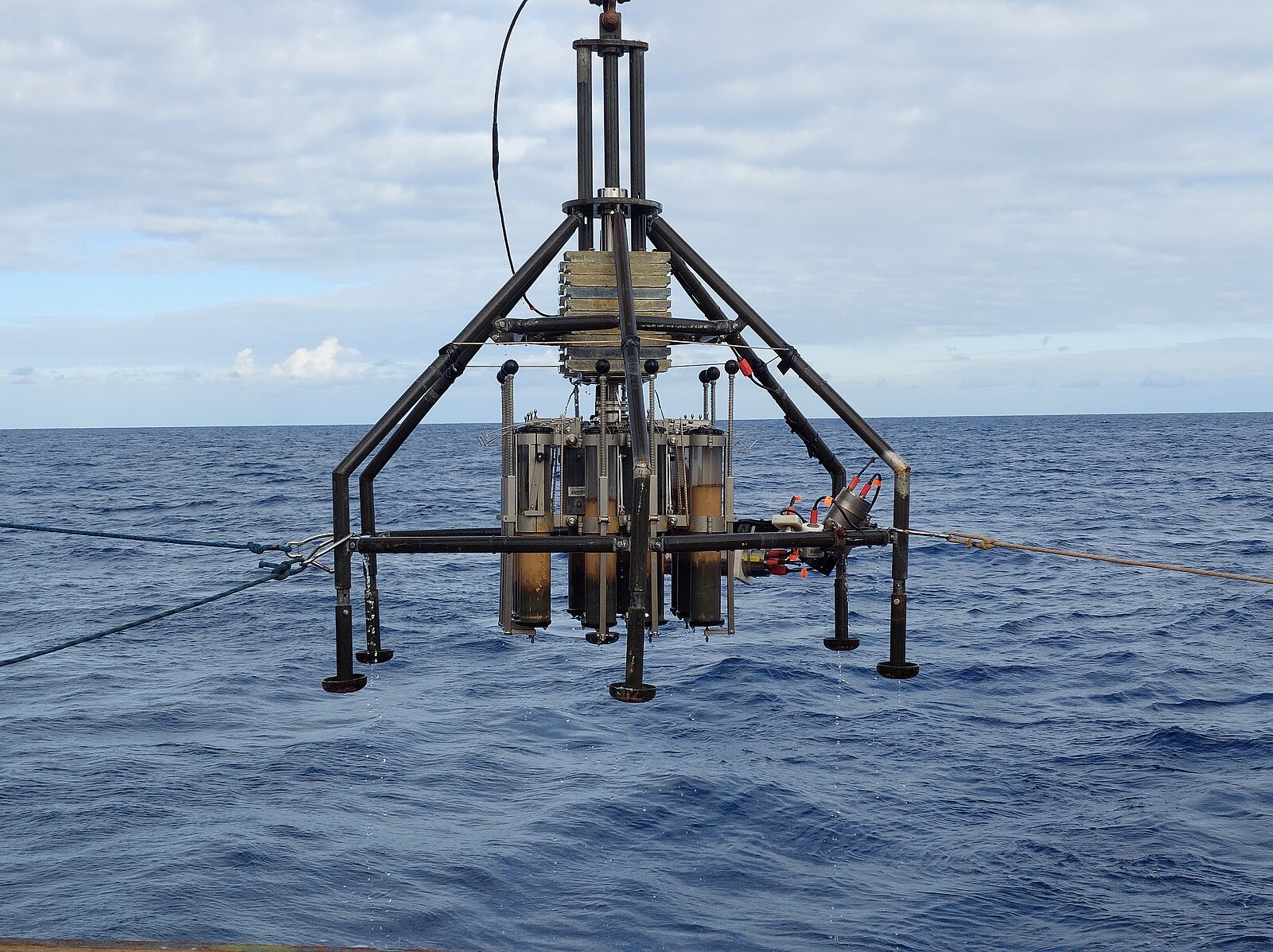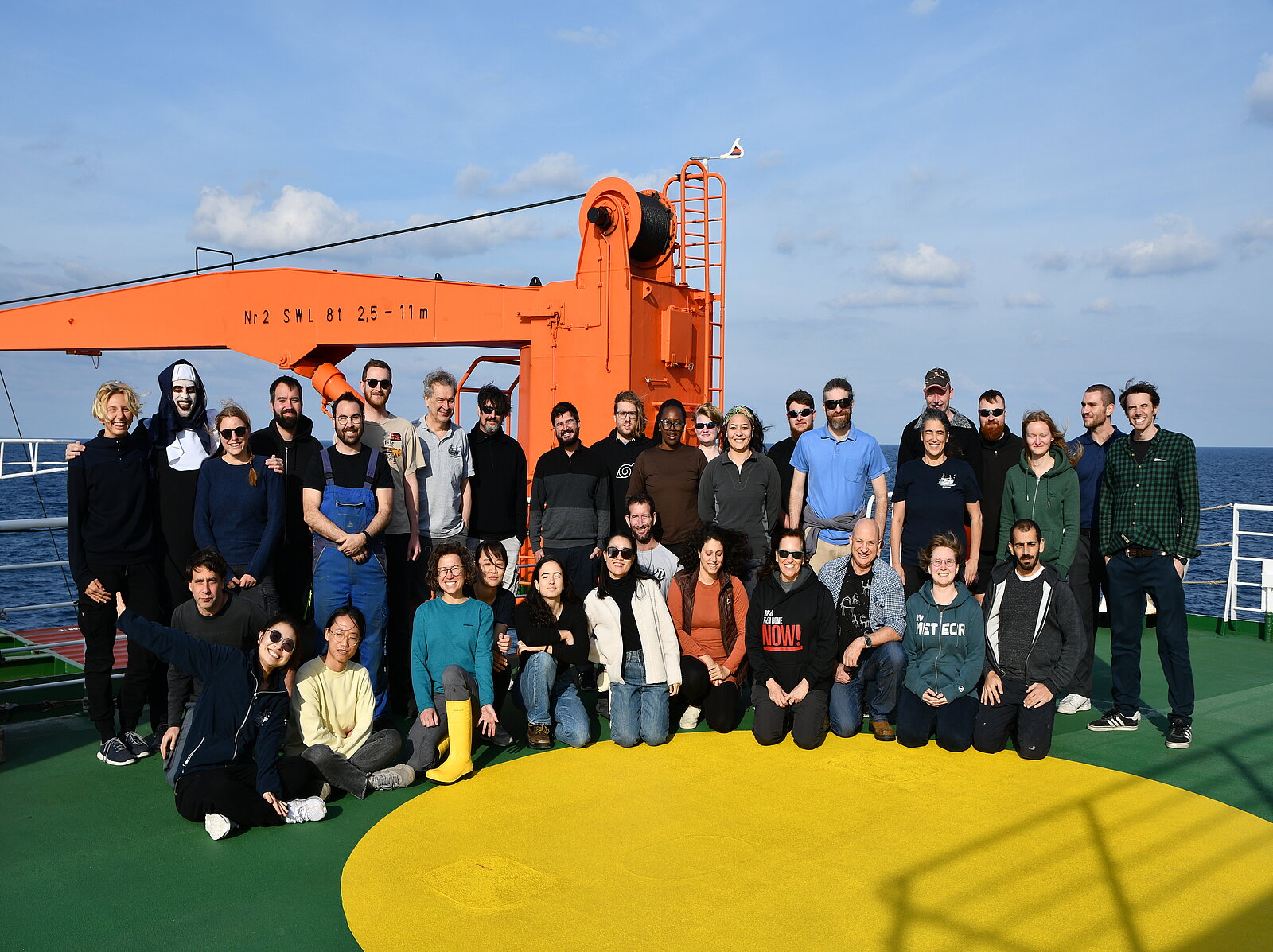A large scale process study undertaken on the German research vessel Meteor is supplemented by regular day cruises operating out of Haifa.
The research cruise M197 with the RV METEOR sailed January 6th 2024 to February 6th 2024 from Limassol (Republic of Cyprus) to Catania (Italy), with a focus on investigating the seawater and sediment biogeochemistry in the Eastern Mediterranean Sea. The two specific foci of the research cruise were to (i) investigate the physical, chemical and biological factors regulating the productivity and sinking carbon flux in this region, and (ii) investigate natural and human induced changes in the region over the last few thousand years. On the research cruise, 30 stations were occupied. Seawaters were collected from the surface to the seafloor to measure chemical properties of the seawater, including major and trace nutrients, the carbonate system, microplastics, and the microbial communities inhabiting the water column. Experiments were conducted to assess rates of primary production and nitrogen fixation, and the nutrients regulating phytoplankton growth. Sinking carbon fluxes were determined using the thorium-234 approach. The types and abundance of zooplankton were determined via various nets and two camera systems. The deposition flux and chemistry of aerosols was also assessed. Sediment cores were collected to determine nutrient fluxes into the overlying water column as well as investigate past environmental conditions. Collectively our research will provide an important advance in the network of factors that regulate the chemistry and biology of this system and inform ocean biogeochemical models of this region to make more realistic predictions of climate change induced impacts.
Our scientific aims were met by carrying out the following operations on the cruise:
• Physical and chemical properties (e.g., temperature, salinity) of the near-surface ocean were recorded by ship-fitted instruments.
• Vessel-mounted Acoustic Doppler current profilers (ADCP) were run to measure surface and deeper current velocities and water column structure.
• Seawater samples from the near-surface ocean were collected using both (i) the ships underway pumping system, and (ii) a towed sampling device. Seawater samples will be analysed for chemical (nutrient, trace element, carbon) and biological (plankton, DNA/RNA, proteins) material.
• Physical and chemical properties (e.g., temperature, salinity, oxygen) of the full water column (i.e., down to the seafloor) were recorded by a Conductivity-Temperature-Depth (CTD) unit.
• Seawater samples were collected at discrete depths between the seafloor and the sea surface using bottles attached to the CTD package. Samples will be analysed for chemical (nutrient, trace and major elements, oxygen, carbon) and biological (plankton, metabolites, DNA/RNA, proteins) material.
• Two types of CTD package were deployed: one for collection of non-contamination prone elements and the second for collection of seawater samples without trace element contamination (e.g., iron, zinc).
• So-called ‘in situ pumps’ were deployed on a wire at 8-10 depths through the water column. These pumped large volumes of seawater (1000-2000 L) through filters. The particles trapped on the filters will be used for chemical analyses.
• A sediment coring device (‘Multicorer’) was deployed to collect sediment cores from the upper ~50 cm of the seafloor. Analysis of these sediments will be used to understand past climate and ocean conditions in the EMS.
• A video camera unit (so-called ‘PELAGIOS’) was deployed whilst the ship was moving at ca. 1 knot. Video scenes will be analysed to identify deep-sea life.
• Zooplankton nets were deployed to collect zooplankton (including jellyfish).
• Aerosol collection units were deployed on the top deck of the ship to collect airborne particles on filters. These filters will be analysed for (i) nutrient and trace element compositions to assess for nutrient supply to the surface ocean from dust, (ii) airborne microbes.







